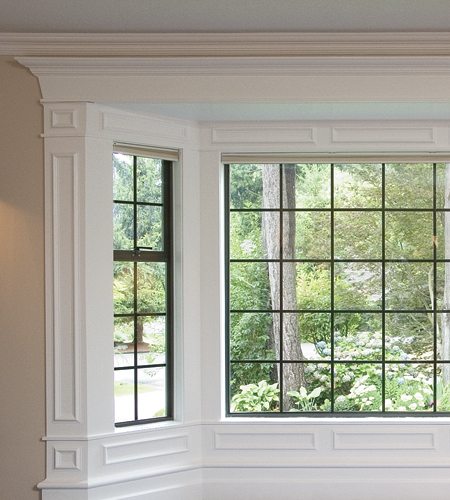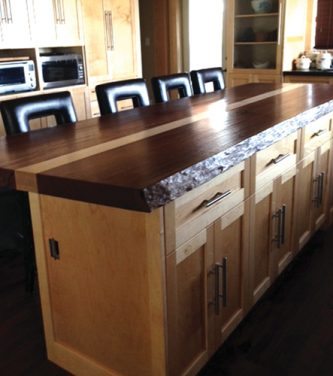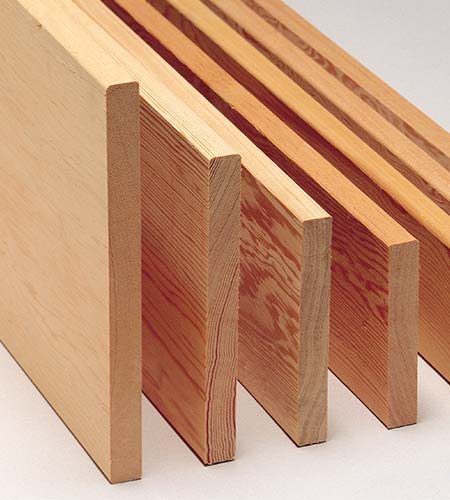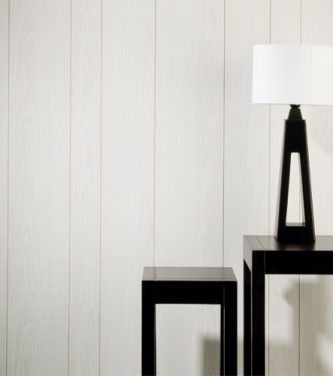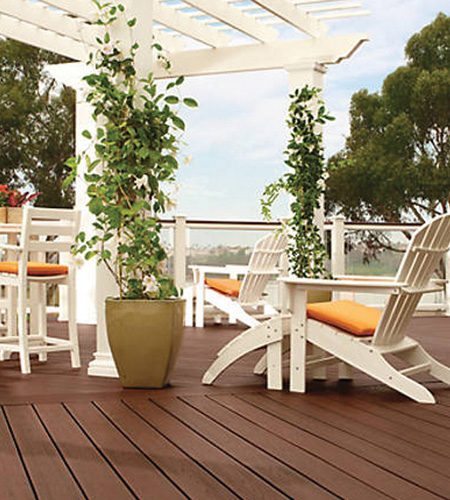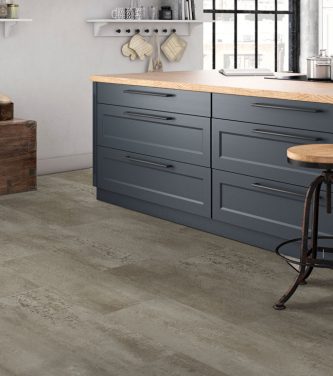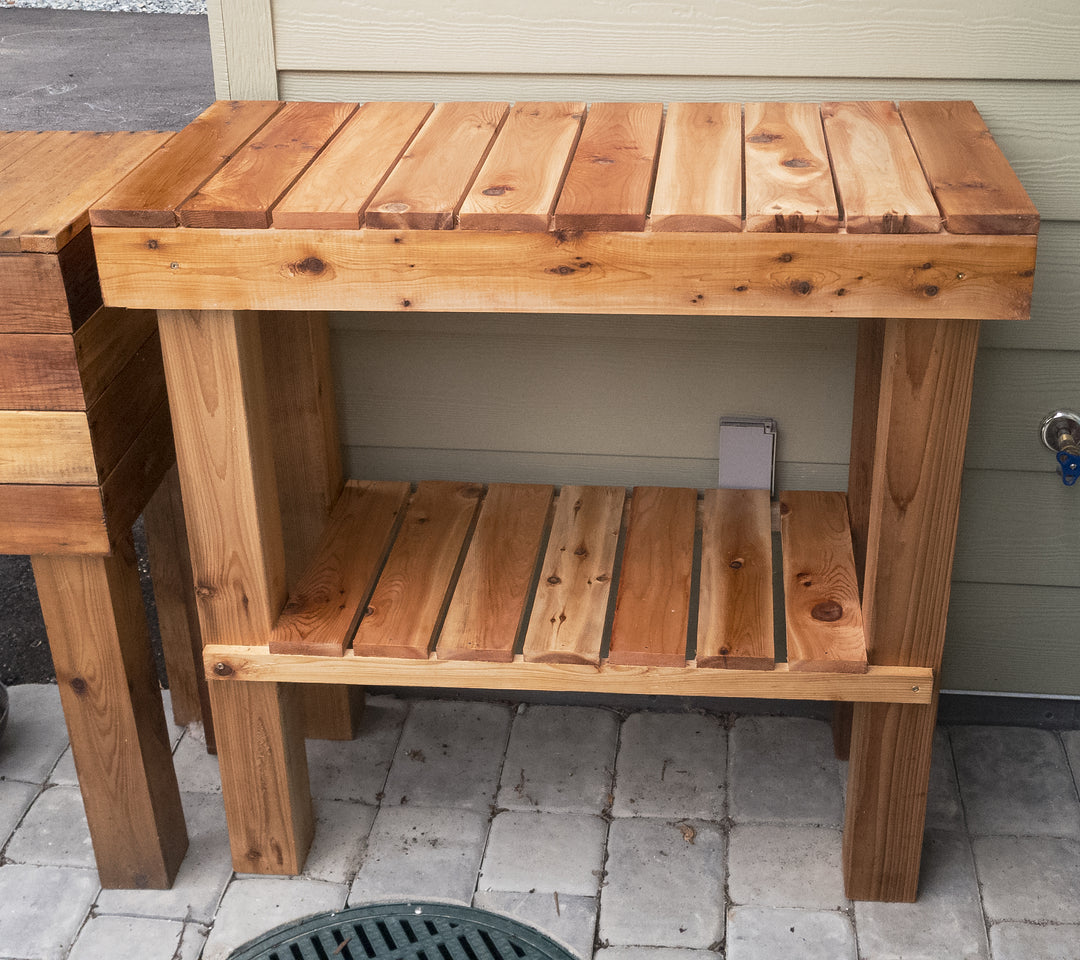Before you Begin your Vinyl Flooring Project (FAQs)
How is vinyl flooring made?

Vinyl flooring uses a PVC base with a decorative print and a clear wear layer. Some lines add felt or fiberglass for stability. Wear layers often include aluminum oxide or ceramic bead for abrasion resistance. Modern embossing and finishes create wood- or tile-like looks.
What do total thickness and wear layer thickness mean?
Total thickness (mm or inches) helps hide minor subfloor irregularities. Wear layer thickness drives durability and is listed in mm or mil. For light-commercial uses, a 0.5 mm (20 mil) wear layer is a common minimum.
Are formaldehyde emissions a concern?
Contemporary vinyl is formulated without added formaldehyde. Review each product’s documentation and certifications in store. Related reading: FloorScore: What You Need to Know.
Is vinyl flooring waterproof?
PVC itself is waterproof. Overall performance depends on seams and installation. Clean standing water promptly to protect the subfloor.
How much vinyl flooring should I buy?

Area = length × width. Add 10% for waste and future repairs. Divide by the carton coverage to get the number of cartons.
Where is vinyl flooring suitable?
Most rooms over lightly textured or porous surfaces, or over a well-bonded solid floor. Avoid areas with prolonged direct sun exposure like solariums.
Can I install over concrete?
Yes, after a minimum 60-day cure. Avoid glue-down and peel-and-stick on below-grade slabs with moisture risk.
Can I install over ceramic tile?
Yes. Fill grout lines with a leveling compound. Subfloors must be flat within 3 mm over 1.82 m (1/8 in over 6 ft).
Can I install over wood, plywood, particleboard, or chipboard?
Install over wood only after adding a suitable plywood underlayment. Do not install glue-down or peel-and-stick over particleboard, chipboard, or embossed floors. Avoid peel-and-stick over Lauan decorative plywood. See flooring underlayment.
Can I install over carpet?
No. Remove all carpet and padding to avoid telegraphing and an uneven finish.
Can I install over radiant heat?
Most vinyl works over electric or hydronic systems except peel-and-stick and some self-locking lines. Loose lay over radiant heat typically requires adhesive. Keep surface temperature at or below 29 °C (84 °F).
What adhesive should I use?
Glue-down vinyl: high-tack universal flooring adhesive. Premium glue-down/loose lay: acrylic-based adhesive or approved double-sided tape per manufacturer guidance.
Do I need underlay?
Direct glue-down does not require underlay unless the manufacturer specifies acoustic or vapor control.

Do I need transition moulding?
Use transitions when the run exceeds the product’s maximum. For click vinyl, an alternative is the full-spread adhesive “dri-tac” method using an approved high-tack adhesive for vinyl plank.
Before you start: prep checklist
- Read line-specific instructions in each carton; improper installation voids warranty.
- Inspect boards under good light; do not install pieces with visible defects.
- Acclimate boxed product horizontally for 48 hours at room conditions. Click engineered vinyl needs to reach room temperature.
- Tools: saw, utility knife, spacers, pencil, tape measure, straightedge, safety goggles. For glue-down or loose lay, add specified adhesive.
- Subfloor must be smooth, clean, dry. Secure loose boards, set fasteners, fill lows and plane highs, and seal as required.
Installation overview
- Click/click engineered: lower and lock the groove to the tongue.
- Self-locking (VinLoc): engage the self-locking profile per line instructions.
- Glue-down (dry-back): bond to the subfloor with approved adhesive.
- Peel-and-stick: remove release paper and press to bond.
- Loose lay: place boards; use perimeter or full-spread adhesive per label.
Should planks be staggered?
Yes. Row 1 full, row 2 start at two-thirds, row 3 start at one-third. Keep end-joint offset 20 cm (8 in) or greater.
Which direction suits most rooms?
Run planks parallel to the primary light from windows or doors. Choose the straightest, longest starter wall.
What if the first row isn’t straight?
Stop and reset. Misalignment causes gaps and poor locking. Do not proceed until the first course is straight and tight.
Care and maintenance
- Use protective pads under furniture; place doormats at entrances.
- Avoid rubber-backed rugs that can stain vinyl.
- Trim pet nails; avoid stilettos.
- Limit prolonged direct sun with blinds or drapes.
- Sweep often; damp-mop as needed; wipe spills immediately.
- Do not use wax, polish, abrasive powders, or scouring pads.
If a plank is damaged
Arrange repair or replacement with a qualified flooring professional.

